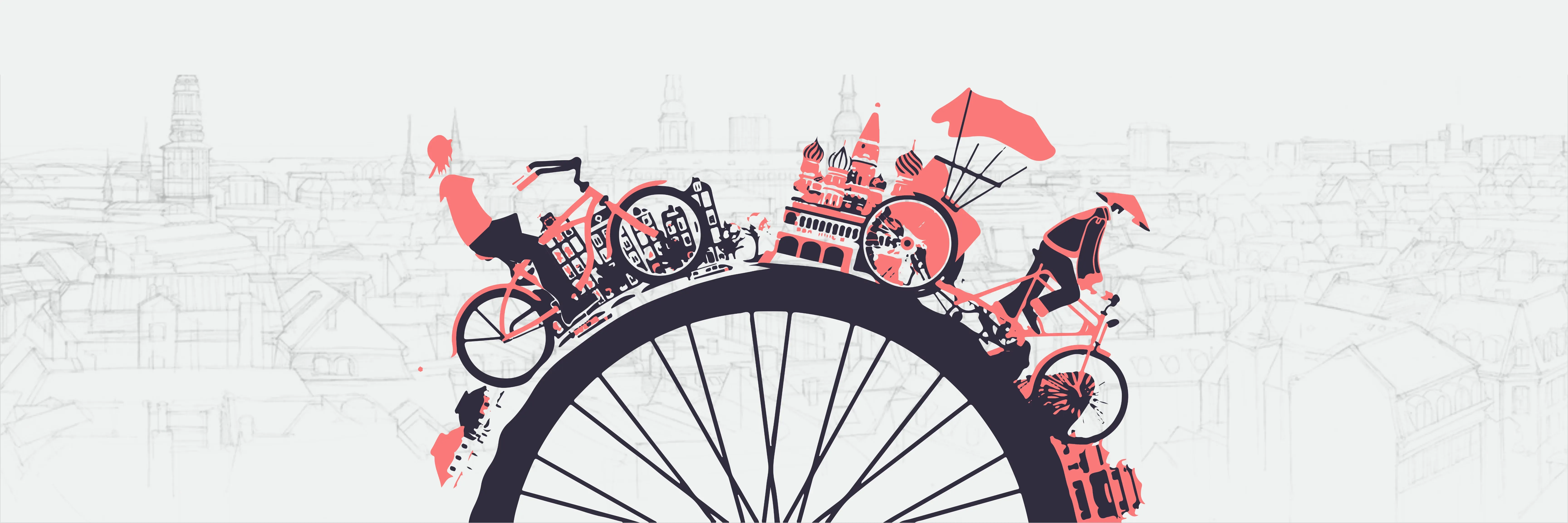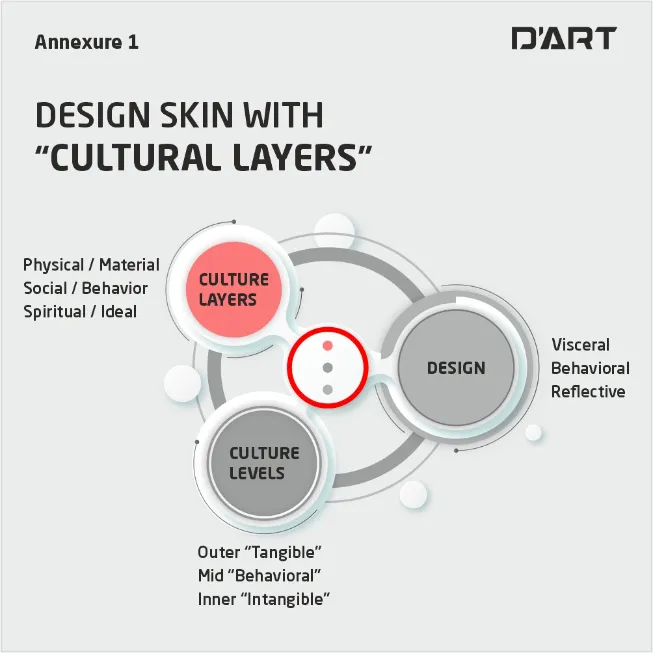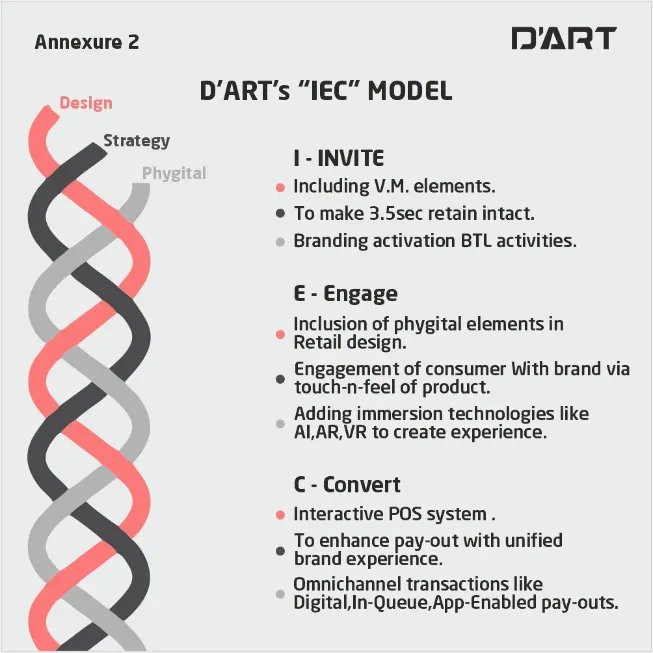BUILDING THE BIG-BANG THROUGH CULTURE-DRIVEN DESIGNS

“My brother got married last night, we arrived just now from the wedding hall, and it's about 2 pm. We had all kinds of rituals and games till now, but my brother lost in that ring finding ceremony and everyone was saying that her wife will dominate his entire life. Then I called my younger brother and made him see how my grandmother was handing over the bunch of keys of the house to my sister-in-law.”
- That’s the culture we have in our families here, it can vary across geographies but the tradition and the culture we’ve grown and lived with – can’t be out of our blood.
While retailing, brands are also gripping the same nerve (of culture) by creating a cultural influence on their consumers through products/services. “It’s summer day of the 90s in the Bay Area, LA and kids are skateboarding and cyphering with their flip-flops and sneakers on.” We can see here that the lifestyle and culture are infused with each other. The sneaker brands are legacy-fying that influence their marketing strategies with a commonality from ultra-rich to upper-middle to middle to lower class. The unique behavior is segregated as preferences, purchase, consumption, and communication among various social standings (formerly mentioned). The rest of the behavior can be named as excluded and the mix of both is considered as ‘shared behavior. Brands are moving towards this mix by increasing that ‘shared part’ and the experience radii. External factors such as ‘bounding’ and ‘influence’ act upon the behavior, and hence the impact can be solution-ized through the design.
The other mix is culture-based. Though it features some essence from the above-mentioned behavior and factors but culture inculcate the shared habits belonging to the adoption added with some life’s fun and happiness. Along with adoption, location specifications, social networks (with society) tinted with social standings creates that culture mix which affects customer purchase behavior and the design of a store (that is hitched with brand ethos and market standings) proportionately.
Empathy Sherlocks then start performing the need gap analysis of experience among the diverse consumers. Laws of nature and land are well taken care of. And they are superficial prior to homo sapiens.
Culture anthropologists back the (cultural) influence on design as a whole. To get, for example, a simple and subtle interior design, the go-to approach is on Japanese interior designs. Recently for Hitachi, we have included the elements of Japanese Zen Garden, Kiyora, and Kintsugi Art in their Exclusive Brand Shop. Hitachi’s connection with their soil was needed to fill the missing links in their newest product range that features Japanese nomenclature.
Our perspective as a retail design agency works on the four fundamentals that we titrate with customer’s lifetime value and real-time satisfaction. Strategies are rooted through these fundamentals to reach the final design.
The four fundamentals that we titrate on -
 | • Design in-sync with brief An agency applauds a clutter-free/to-the-point brief. Going with the flow, designers benched with strategists decode brands perspective from ‘What they want?’ & ‘How they want?’ (as per the brief). Visibility is the only ‘leaky bucket’ that (any) brand is swinging with. Also, it is directly proportional to the size of the brand, and ‘how much it needs’ is the ‘want part’ from the brief. Thinking beyond ‘target markets’ is the escalation for the future, strategizing to grab the (future) potential customer amidst the consumer and market shifts is the step towards. |
Most of the brands possess a hidden potential that a visionary can see. Peeping into the future underlines the success a brand is going to taste. And the strategy (given for it) is like dosage from least to most.
• Design layered with culture mix
Every brand deal with cultural differences across geographies. According to the need (of the brand), the design made is then left to be layered with culture. The broth we get post layering process is the sweet spot between the brand’s offering and the consumer’s need.
Therefore, the ‘empathy part’ comes into force as the sensitivity of the layers (of design) should be customer satisfactory with experience at forefronts. The need gap analysis conducted by the empathy Sherlocks is now cross-synced with the culture-driven design interventions. Stone casting this approach, customer retention and satisfaction are the standards with KPIs like real-time customer satisfaction (segmented) and customer lifetime value.
Annexure1 exactly demonstrates the culture-driven design according to the layers and levels. Though bridging the reflective design can be a tricky task because creating a dent in an emotion/religion reflected layer, seriously, needs a mutual understanding under the same horizons.
• Testing in Real-Time/Building the Big-Bang Testing in real-time makes us touch the experience nerve in the most effective way. Because it’s all rooted by our ‘IEC’ model*annexure2 that we integrate as our modus operandi in all projects. To explain, IEC integrates the whole consumer journey from a brand's eye-view. Design with Invite approach to draw customers to Engage with brand’s products/services, and to Convert that engagement. Along with this model, three cores revolve in top knots that are design, strategy, and technology to develop and perish any type of customer journey. Every touchpoint with the above-mentioned approaches is designed to get the brand benefitted in real-time. |  |
At the same time, the whole process involves people with special skill sets but with email and meetings to-and-fro, the whole process can be bogged down. Plus, many brands stay with the approach of testing their product (real-time) in the market before reaching the final one. According to the feedback received from their audience, they reach the final architecture of design that suits their products/services. This process of reaching the final design intervention can be termed as ‘Building the Big-Bang’.
• Act-Quick
Good designs are (mostly) fast. Brands are bold about getting the product to the markets with designs that are quick and profitable at the same time.
This approach lets a brand learn the feedback from its consumers on the viable design and redefine it according to the insights gathered on the viable one.
What to conclude? Acting quickly on design with rapid prototyping and getting that in production can fetch valuable feedback, and that can be based on many factors (listed throughout this listicle).